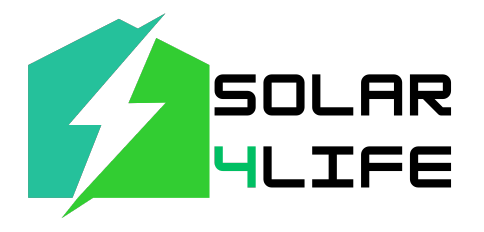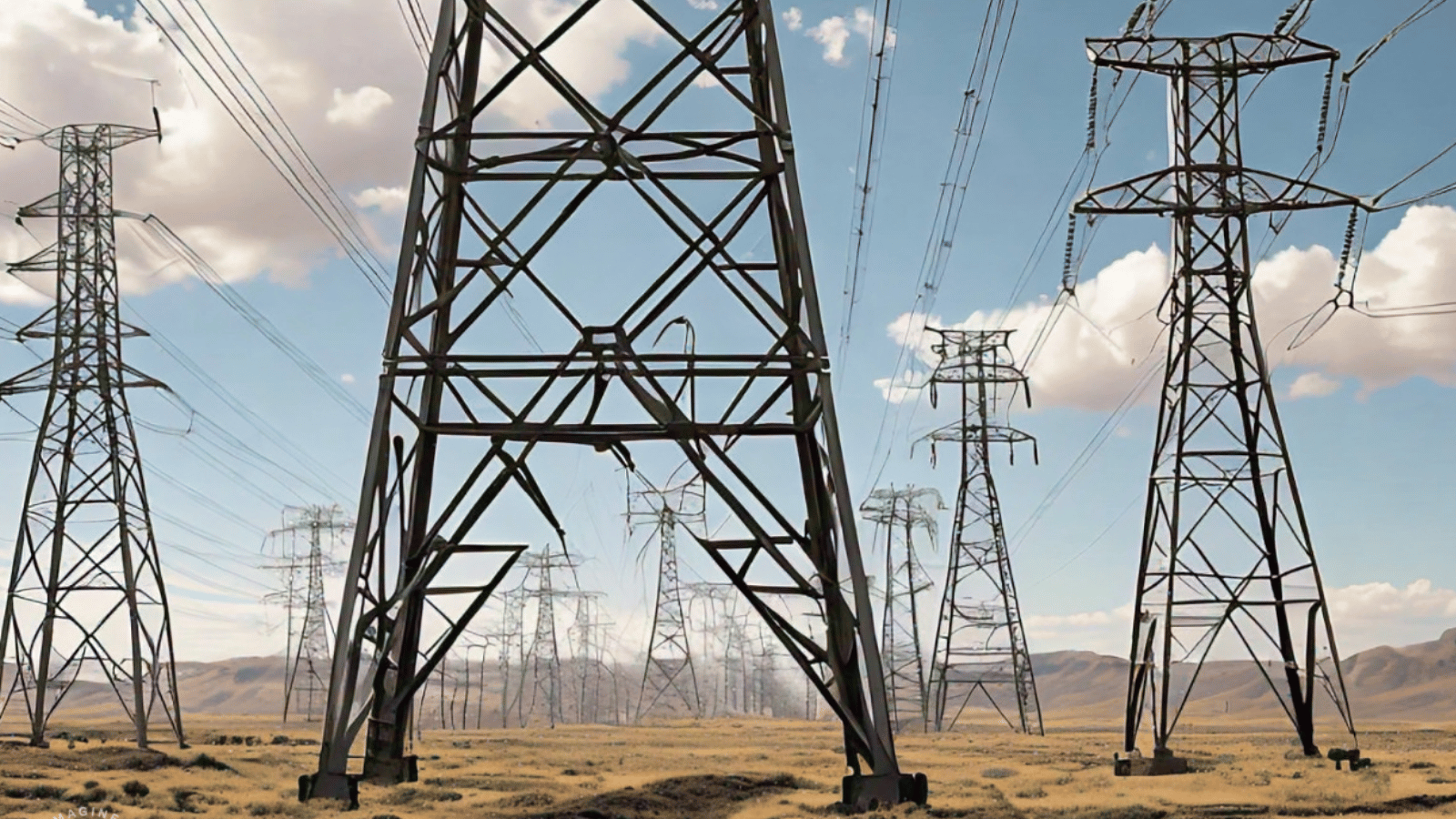In 2024, the New South Wales (NSW) Government announced a groundbreaking initiative under the Peak Demand Reduction Scheme (PDRS), aimed at accelerating the adoption of battery storage systems across the state. This solar battery rebate NSW program, set to commence on November 1, 2024, is designed to provide substantial financial solar battery incentives for both residential and commercial installations of battery storage systems, making it easier and more affordable for Australians to harness and store solar energy.
This comprehensive guide will walk you through the key aspects of the NSW Solar Battery Rebate, its benefits, and how you can leverage this energy efficiency battery rebate initiative to achieve energy independence, reduce your electricity bills, and contribute to a greener future.
1. What Is the NSW Solar Battery Rebate?
The NSW Solar Battery Rebate 2024 offers a rebate of $1,600 to $2,400 on the installation of solar battery systems for homes and businesses that already have solar panels or are planning a new solar-plus battery system. This initiative is a part of the broader Peak Demand Reduction Scheme, which is designed to encourage energy storage during off-peak times and reduce demand during peak hours.
One of the standout features of this NSW battery rebate is the additional incentive of $250 to $400 for connecting your battery system to a Virtual Power Plant (VPP). This incentive can be claimed twice, spaced at least three years apart, further lowering the cost of participating in this revolutionary energy-sharing network.
Why Is the Government Offering This Rebate?
The NSW Government has recognized the critical role that battery storage can play in achieving the state's ambitious energy goals. By 2035, NSW aims to cut emissions by 70%, and the state is committed to achieving net-zero emissions by 2050. Batteries help store excess solar energy generated during the day, allowing households to use this energy during peak demand times or even contribute it to the grid through VPPs, alleviating pressure on the state's electricity infrastructure.
2. Solar Battery Rebate NSW 2024 Eligibility
To qualify for a battery rebate under the Solar Rebate NSW 2024 eligibility criteria, the system must meet specific requirements related to product approval, battery capacity, warranty, and operating conditions.
- CEC-Approved Product Requirement
- The battery or end-user equipment you select must be listed on the Clean Energy Council (CEC)-approved product list. This ensures that all battery products meet safety and efficiency standards set by the council, promoting reliable, high-quality storage systems.
- Battery Capacity Limitations
- The NSW solar program mandates that battery storage systems have a usable capacity of at least 2 kWh and no more than 28 kWh. This range is set by the NSW solar battery scheme Administrator to cater to typical household energy storage needs while maintaining affordability and efficiency.
- Warranty Requirements
- The battery must have a minimum of six years remaining on its warranty. This warranty period guarantees durability and protects your investment, offering peace of mind that the system will perform reliably over time.
- Operating Conditions for Battery Systems
- The battery warranty must cover specific operating conditions to ensure optimal performance in Australian weather. Here are the key requirements:
-
-
- Temperature Range: The system must be capable of functioning within an ambient temperature range of -10°C to 50°C.
-
-
-
- Energy Throughput: For systems installed before April 1, 2026, the battery should support an energy throughput rate of 2.8 MWh per kWh of usable capacity.
-
Also Read: How Does A Solar Battery Work? | Energy Storage Explained for Beginners
3. How to Apply for the NSW Solar Battery Rebate
To benefit from the rebate, follow these steps:
- Verify Product Eligibility: Ensure your battery meets all the requirements above.
- Consult an Accredited Installer: Work with a Clean Energy Council-accredited installer to confirm installation standards.
- Apply through the NSW Government Portal: Submit the required documents and product details online.
4. What Are the Benefits of Installing Solar Batteries?
If you’re already generating your solar power, adding a battery can amplify your savings and environmental impact. Let’s explore the multiple benefits you can gain from installing a solar battery system:
a. Cost Savings
One of the most immediate advantages of installing a solar battery system is the reduction in energy bills. Batteries allow homeowners to store excess solar energy produced during the day and use it at night or during peak electricity hours when prices are highest. This way, you can avoid buying expensive electricity from the grid and use your stored energy instead. Over time, this could save thousands on electricity bills, especially as energy prices continue to rise.
b. Increased Energy Independence
With a solar battery, you're less dependent on the grid. This is particularly important during blackouts or energy shortages. During peak demand periods, the grid is often under strain, and prices can soar. Having stored energy allows you to use your power instead of relying on the grid, granting you greater energy security.
c. Environmental Impact
By using stored solar energy, you reduce your reliance on fossil fuels, decreasing your household's carbon footprint. This is crucial for anyone looking to make a positive environmental impact, as it means you're using more renewable energy and contributing less to harmful emissions.
d. Participation in Virtual Power Plants (VPPs)
A VPP connects your home’s solar battery with other batteries, creating a network of distributed energy that functions like a large power plant. By participating in a VPP, you can share your excess stored energy with the grid during times of high demand, helping to stabilize it. This not only benefits the grid but also allows you to earn incentives or further reduce your energy bills.
5. How Does the Virtual Power Plant (VPP) Work?
The concept of a Virtual Power Plant (VPP) is gaining traction globally, and NSW is keen to leverage this technology to help manage peak demand on the energy grid. A VPP involves aggregating the energy stored in many individual solar batteries to form a large, distributed power network. This network can then be called upon during peak demand periods to help stabilize the grid and provide additional power supply, reducing the need for fossil-fuel-based energy.
By connecting your battery to a VPP, you contribute to grid stability and can also earn money by selling excess power back to the grid. Moreover, VPP participants can monitor their energy usage and earnings via apps or web portals, making it easier to track savings and environmental impact.
6. NSW’s Long-Term Energy Goals: Achieving Net-Zero by 2050
The NSW solar rebate is part of a broader set of energy reforms outlined in the state’s Energy Infrastructure Roadmap. The roadmap focuses on reducing emissions, lowering electricity costs, and transitioning to a cleaner, renewable energy system. It aims to facilitate the construction of renewable energy zones (REZs), support energy storage solutions like batteries, and decommission coal-fired power plants as NSW shifts toward renewable energy sources.
One of the key pillars of this plan is energy storage. By increasing the adoption of battery storage systems, the government expects to improve grid reliability, reduce energy costs, and help achieve the state’s ambitious emission reduction targets.
7. ACT: Sustainable Household Scheme
Although this blog focuses on NSW, it’s worth mentioning that residents in the Australian Capital Territory (ACT) can also benefit from renewable energy incentives. The Sustainable Household Scheme offers zero-interest loans for the installation of solar panels, batteries, and electric heating systems. For pensioners and veterans, there’s an additional $2,500 rebate on solar systems and energy-efficient home upgrades, making clean energy adoption more accessible in the ACT as well.
Conclusion: Why Now Is the Time to Invest in Solar Batteries
At Solar4Life, we’re committed to helping you harness the power of solar energy and enjoy significant savings on your electricity bills. With energy prices continuing to rise and the NSW government committed to a renewable energy future, the NSW government solar rebate offers a unique opportunity to cut energy costs and reduce your environmental footprint. By installing a battery system, you not only gain energy independence but also contribute to the state’s long-term energy goals, all while taking advantage of substantial financial incentives.
Whether you’re a homeowner looking to maximize your solar investment or a business wanting to contribute to grid stability, the NSW Solar Battery Rebate is your pathway to smarter, greener energy. With the program launching on November 1, 2024, now is the time to prepare, explore battery options, and position yourself to benefit from the upcoming rebates.

